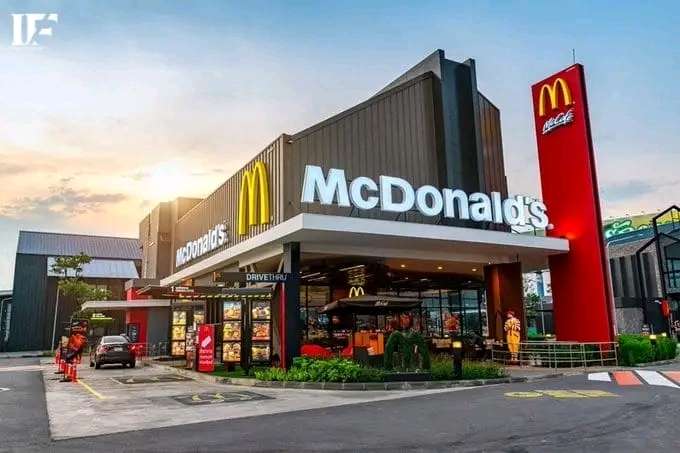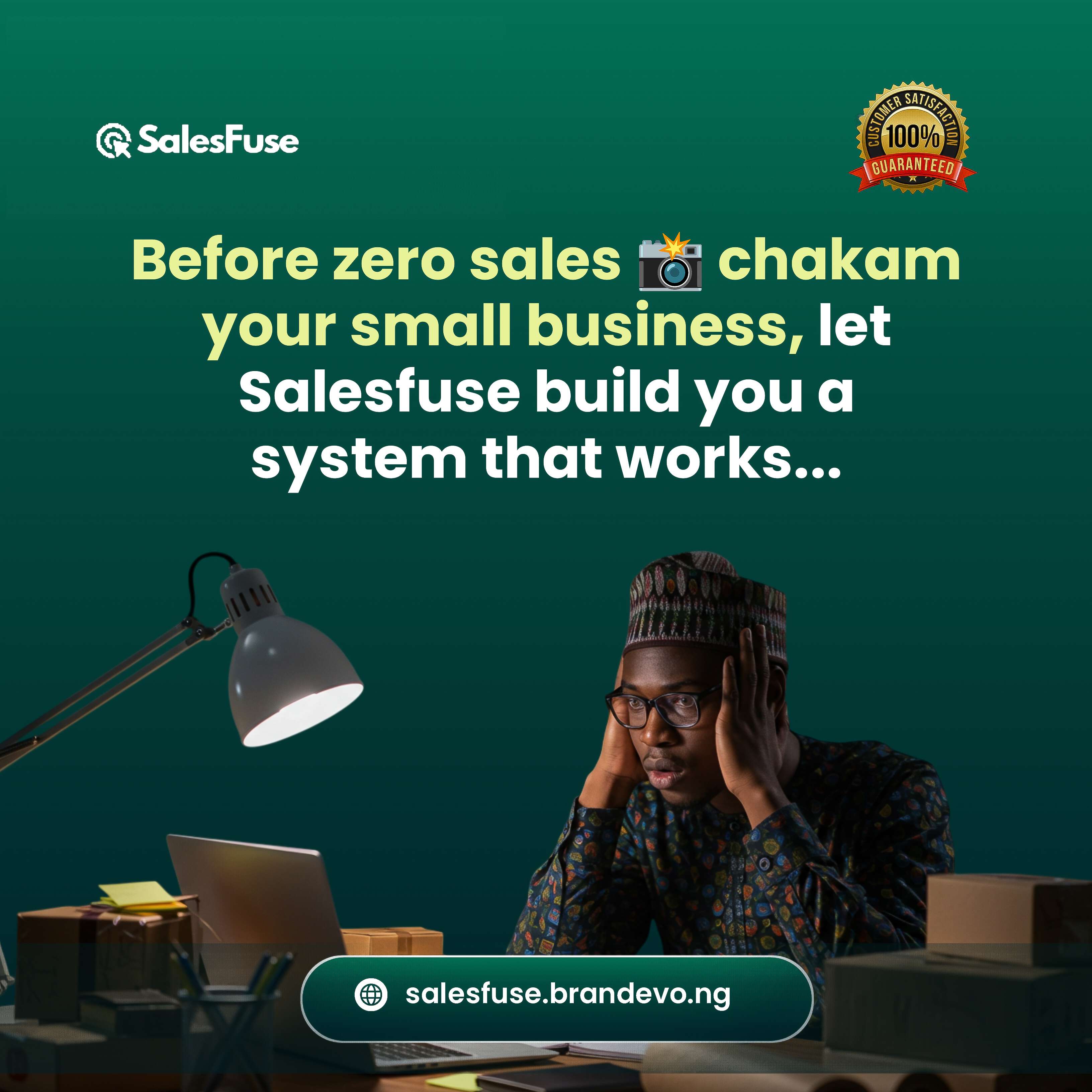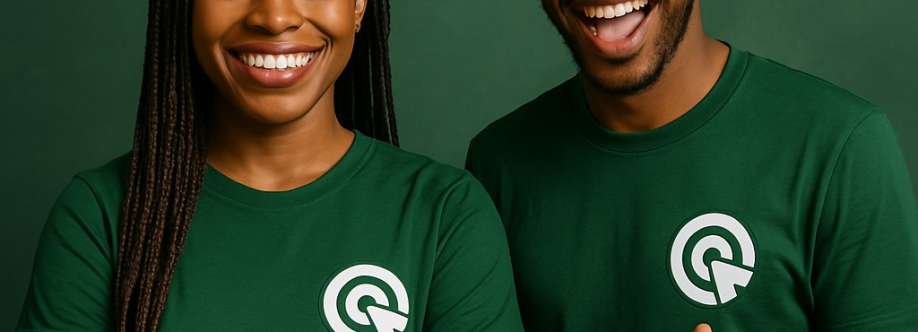In 1974, McDonald's Ray Kroc the founder of McDonald's asked some MBA students:
"What business do you think I'm in?"
Their answer: "The hamburger business."
but Kroc said: "Ladies and gentlemen, I'm not in the hamburger business. I'm in the real estate business."
But it didn't start as such...
This story will teach you how dynamic Business is!!
McDonald's is THE most successful fast-food chain in the world.
But this company is NOT a burger company
Their real business lies elsewhere - Real Estate
Here's what's behind its $200B+ empire:
Let's rewind to 1954.
Ray Kroc was a struggling 52-year-old milkshake mixer salesman.
An unusual order got him intrigued.
A small restaurant in San Bernardino wanted 8 mixers.
He had to meet the McDonald brothers.
What he found changed fast food forever.
The McDonald brothers had an efficient "Speedee Service System."
• Lines wrapped around the block.
• Food delivered in seconds, not minutes.
• Everything standardized and systematized.
Kroc saw gold.
He made the brothers an offer:
Let him franchise McDonald's across America.
The brothers agreed, but with strict conditions:
• No compromise on quality
• Their system had to be followed exactly
• Every location had to be identical
But Kroc had bigger plans.
In 1961, he bought the entire company from the brothers for $2.7M.
The price seemed high then.
Today, McDonald's is worth over $200B.
Because Kroc's real estate vision took shape...
The numbers are staggering.
They own $42B in real estate.
That makes them one of the largest holders globally.
Here's where it gets interesting:
While Burger King and others make most of their money from food sales, McDonald's has a different recipe for success.
According to their last financial statement, 60% of their revenue comes from rent.
Not burgers. Not fries.
They created the perfect formula for this.
Their real estate strategy is precise:
• Land area: 44,000 +/– square feet
• Building area: 4,500 square feet
• Corner or corner wrap with signage on two major streets
• Signalized intersection
• On-site parking
Their art of picking winning locations.
When someone wants to open a McDonald's, they don't buy a franchise.
They become McDonald's tenants.
The cost:
• $1.4-2.5M upfront
• $45,000 franchise fee
• Monthly rent higher than average (6-10% vs 8.5-15%)
• 20-year location-specific contract
Why tenants agree to this?
The average McDonald's location:
• Makes $3.5M in annual sales
• Earns $150K in profit for the franchisee
And for corporate:
• Provides steady rental income
• Appreciates in real estate value over time
Win-win solution
The numbers don't lie:
• McDonald's stock reached all-time highs in 2024
• They operate over 40,000 locations globally
• Brand value of $200B+
But what about performance on market downturns?
It still performs during catastrophic events like the pandemic:
• Franchisees must pay minimum rent regardless of sales
• Property values generally recover
• They can buy more prime real estate at discount
• The model keeps corporate risk low
Some investors suggested splitting the real estate into a separate company in 2015.
McDonald's refused.
They believe their secret sauce is the combination of real estate AND restaurants.
Why change a winning formula?
Next time you see those golden arches, remember:
You're not looking at a fast-food restaurant.
You're looking at one of the most brilliant real estate plays in business history
#techstories
#macdonalds
#techstories





